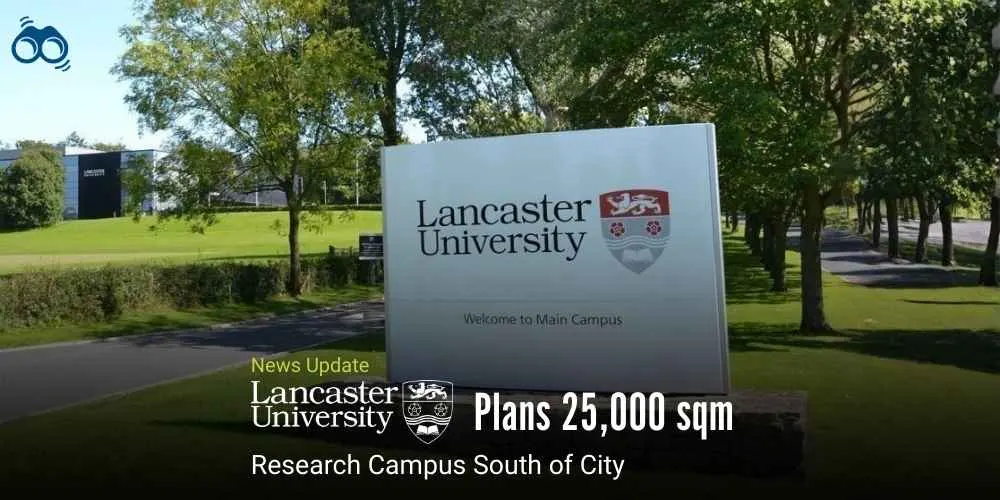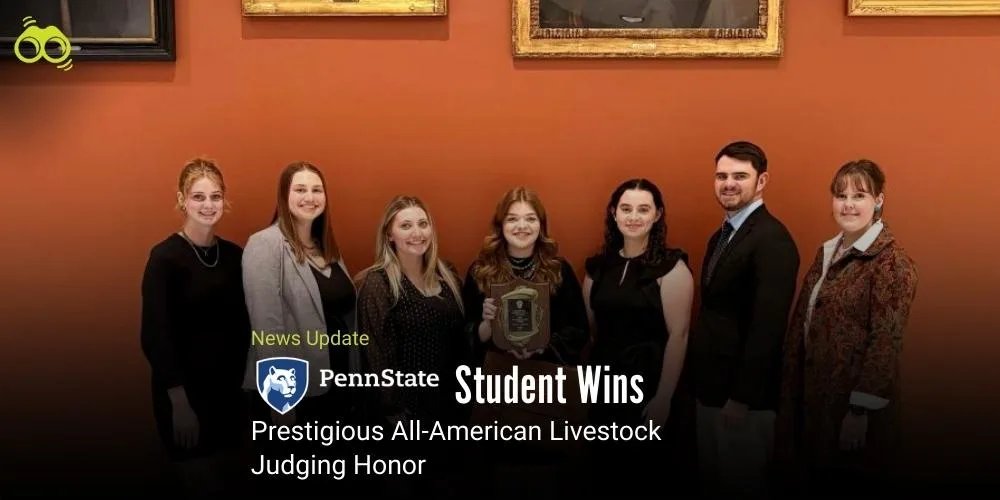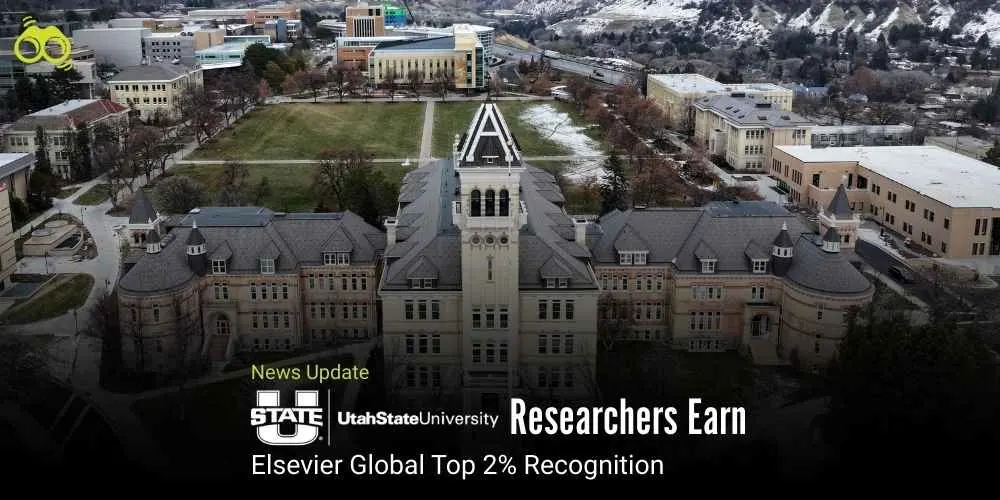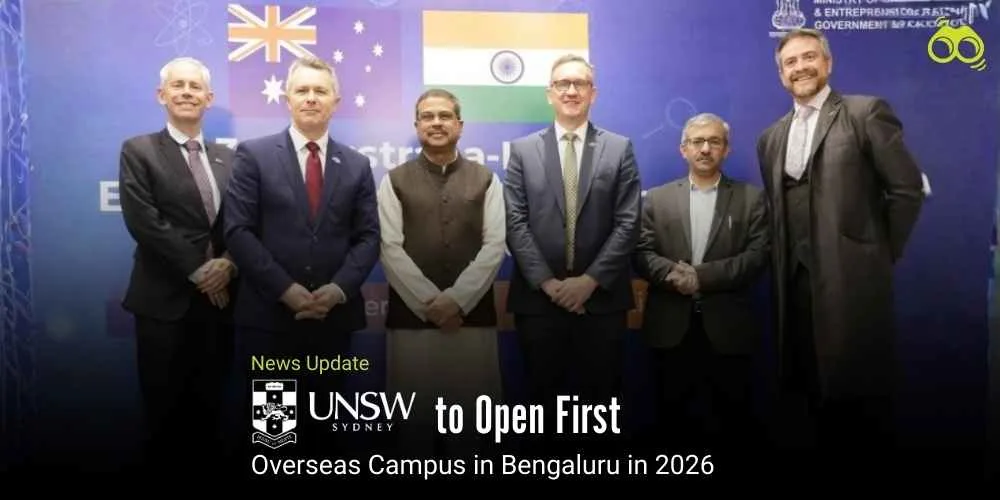Gujarat State Tribal Education Society Efforts Raised the School Number 44, Upskilling 11,066 Tribal Students
Transforming Tribal Lives As 44 New Schools Educating 11,066 Tribal Students
Education is a fundamental right that should be accessible to every child, regardless of their background. For tribal children, who often face geographical and socio-economic barriers, access to quality education is not just an opportunity it's a lifeline. Scheduled Tribes (ST) make up about 8.6% of India's population, which equates to roughly 10.4 crore people. Under Article 342 of the Indian Constitution, over 730 Scheduled Tribes have been officially recognized. Notably, 97% of these communities reside in rural areas, while only 10% live in urban centers. Alarmingly, 47% of tribal children lack access to adequate schooling in India. Given these statistics, it’s evident that these children are at a significant disadvantage compared to their peers who are earning degrees and certificates, highlighting the urgency of addressing their educational needs.
Eklavya Model Residential Schools (EMRS) are established in States and Union Territories with grants under Article 275(1) of the Indian Constitution. Funded by the Ministry of Tribal Affairs, these schools offer free, residential education to Scheduled Tribe students from Classes VI to XII. The EMRS scheme focuses on providing quality education and fostering all-round development, including academic excellence and holistic growth. There are 690 (Dec 2023) Eklavya Model Residential Schools (EMRS) across India. The Gujarat State Tribal Education Society (GSTES), an independent body within the state tribal development department, manages 44 Eklavya Model Residential Schools (EMRS), 43 Girls Literacy Residential Schools (GLRS), 12 Model Schools, and 2 Sainik Schools. As of August 5, 2024, Gujarat has expanded its EMRS network to 44 schools, serving over 11,000 tribal children since its inception in 2003.
These schools offer free, high-quality education from Classes 6 to 12, featuring interactive LED screens, advanced smart technology, and whiteboards to enhance online learning. Over 12 lakh tribal students have received pre-matric scholarships, and around 2.5 lakh have benefited from post-matric scholarships. Tribal Development Minister Kuber Dindor noted that the state government’s efforts are enabling tribal children and youth to contribute actively to nation-building through their education. A modern, internet-based education was the goal of an EMRS in the Dahod district, which included computer labs with over 40 computers and WIFI as well as a well-stocked library. Vishnu Kumar, the principal of the school, emphasized that the facility included free sports facilities, a projector room, and smart classrooms. The school's mission, according to Kumar, is to guarantee the overall development of children from communities belonging to Scheduled Castes and Scheduled Tribes.
Boys' and girls' hostels are separate at the EMRS, and both have canteens with wholesome food. The facilities also offer chances for cultural enrichment and sporting amenities. Prithvi Damor, a student, expressed pleasure with his education and pride in his professors after six years of attending the school. He and his peers have benefited from a variety of facilities and training. In addition, each student receives a stipend from the government for uniforms worth Rs 4,000. Since the first EMRS was introduced in Gujarat in June 2003, 44 schools that serve 11,066 kids are part of the network. A centralized test is used to select admissions, and candidates who pass are assigned to schools within a 30-kilometer radius of their residences.
In 7,408 government primary schools located in Gujarat's tribal areas, 28,012 smart classrooms have been established as part of the Gyankunj Project-Smart Interactive Board Scheme. Through this project, kids can learn in a cutting-edge, interactive setting. With the opening of 44 new schools and changing the lives of 11,066 students, Gujarat has demonstrated its commitment to educational justice with its initiative to expand the Eklavya Model Residential Schools.
Editor’s Note:
In the ongoing effort to achieve educational justice, the Eklavya Model Residential Schools (EMRS) in Gujarat have recently grown to 44 locations, empowering over 11,000 tribal children. This development is a powerful illustration of the ability of education to change people's lives and communities, and it goes beyond simple numerical success. These schools have an effect that goes well beyond the classroom. Through the integration of contemporary educational resources, a commitment to maintaining regional culture, and all-encompassing instruction in athletics and skills, EMRS is developing well-rounded individuals who are ready to make significant contributions to society. This journey of transformation is made possible by the state government's assistance and the tireless work of the Gujarat State Tribal Education Society (GSTES).
Skoobuzz extends its heartfelt gratitude to the Gujarat State Tribal Education Society for providing a hopeful vision of a future where every child, regardless of their background, has the opportunity to thrive and lead.














0 Comments (Please Login To Continue)